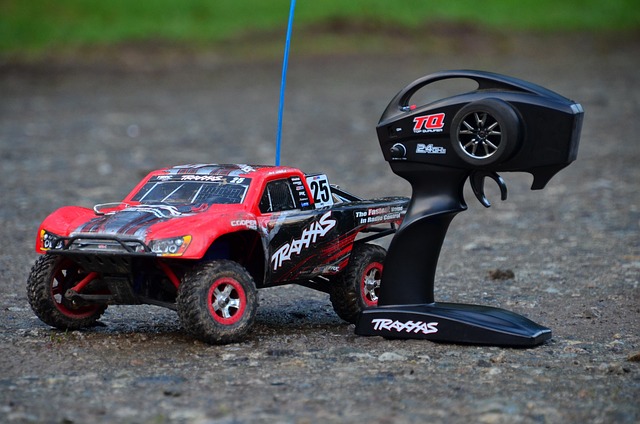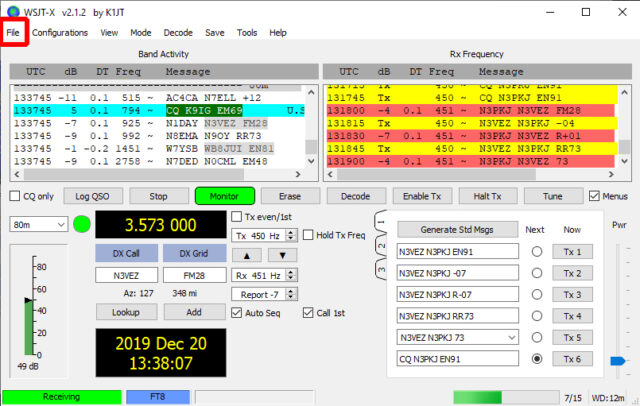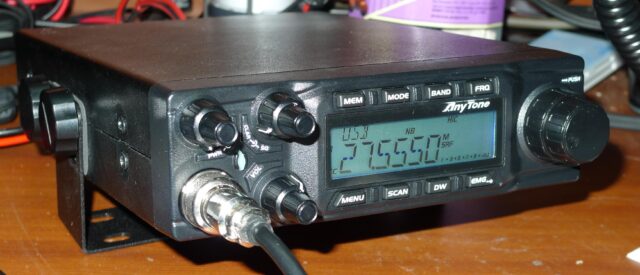What is the ISM band really?
The ISM band (Industrial, Scientific and Medical band) refers to radio frequency ranges that were originally allocated not for telecommunications, but for industrial, scientific, and medical equipment. Devices in these bands can operate with relatively high power and cause interference, since their use does not require a frequency license.
Over time, however, the ISM bands have become the backbone of wireless communication: Wi-Fi, Bluetooth, Zigbee, IoT networks and countless everyday devices all rely on them.
Main ISM frequency ranges
-
6.78 MHz – experimental industrial applications, inductive power transfer
-
13.56 MHz – RFID (access cards, library identification), NFC (bank cards, smartphones)
-
27.12 MHz – industrial heaters, old remote controls, CB radio
-
40.68 MHz – industrial control systems
-
433.05–434.79 MHz – garage door openers, weather stations, alarm systems
-
868 MHz (Europe) – smart home devices, LoRaWAN, IoT applications
-
2.4 GHz – Wi-Fi, Bluetooth, Zigbee, microwave ovens
-
5.8 GHz – modern Wi-Fi, wireless video transmission, drones
-
24 GHz and above (61, 122, 245 GHz) – industrial radar, sensors, experimental communications
Which medical devices operate in the ISM bands?
A variety of medical devices also communicate in ISM bands, avoiding expensive licensing procedures and ensuring global interoperability. Examples include:
-
Wireless pacemakers and defibrillators – transmit telemetry data to doctors, operating in 402–405 MHz (MICS band) and around 2.4 GHz.
-
Continuous glucose monitoring systems (CGM) – sensors that send data via Bluetooth or 433/868 MHz links.
-
Hearing aids and cochlear implants – often use 2.4 GHz to connect with smartphones or control units.
-
Medical telemetry systems – used in hospitals to wirelessly transmit ECG, pulse, and blood pressure data.
-
Implantable sensors – such as temperature or pressure sensors that use NFC or RFID (13.56 MHz) for readout.
-
Wireless infusion pumps – communicate with nursing stations, typically at 2.4 GHz.
For these devices, reliable communication is critical, since interference could have life-threatening consequences. As a result, many countries impose stricter regulations on ISM-based medical communications.
The 27 MHz “trash band” and its peculiar interference phenomena
The ISM allocation around 27 MHz (27.12 MHz ± 0.16 MHz) is notorious and often referred to as the “trash band”. The reasons are:
-
Extremely crowded – used worldwide for CB (Citizen Band) radio, toy remote controls, garage doors, industrial devices.
-
Minimal regulation – poorly filtered, cheaply made, unlicensed devices flood the band.
-
Long-distance propagation (DX) – 27 MHz lies in the upper HF spectrum, enabling ionospheric reflection (sporadic-E, F-layer), so local devices often suffer interference from signals thousands of kilometers away.
-
“Trash band” nickname – coined by radio amateurs and in technical circles because the band contains “everything”: low-quality CB radios, industrial interference, unpredictable propagation.
Why is there talk of “X-ray interference” at 27 MHz?
From time to time, CB operators and hobbyists report that solar flares and X-rays disrupt communications in this band. The explanation:
-
Solar activity produces bursts of X-ray and UV radiation, which ionize the Earth’s D-layer in the ionosphere.
-
This ionization heavily affects propagation around 27 MHz: signals can be absorbed or severely distorted.
-
Radio users often call this “X-ray interference” because during strong solar flares the band can suddenly go silent.
In reality, it’s not the X-rays directly hitting the receiver, but their effect on the ionosphere that causes the disruption.
Major sources of interference in ISM bands
-
Microwave ovens – operate at 2.45 GHz, generating broad-spectrum noise.
-
Congested Wi-Fi networks – channel overlap, packet collisions.
-
High density of Bluetooth devices – despite frequency hopping, they can still congest the band.
-
Cheap, poorly shielded electronics – e.g., LED lamps, power supplies that leak RF noise.
-
Drones and FPV systems – demand wide bandwidth, often interfering with other users.
-
Solar activity and ionospheric effects – especially in the 27 MHz range.
-
Deliberate jamming – illegal, but still a real issue.
How to mitigate interference?
-
Choose Wi-Fi channels wisely (e.g., 1, 6, or 11 on 2.4 GHz).
-
Adopt dual-band or tri-band routers to balance load.
-
Invest in shielded, high-quality equipment to minimize RF leakage.
-
Keep routers away from noise sources (microwave ovens, TVs, wireless cameras).
-
Use robust communication protocols (e.g., LoRa, Zigbee) that tolerate interference better.
The ISM band is an indispensable part of modern life: Wi-Fi, Bluetooth, IoT, and medical telemetry all rely on it. Yet, overcrowding, poor-quality devices, and natural disruptions from solar activity pose constant challenges. The 27 MHz “trash band” is particularly fascinating – where local garage door signals can collide with long-distance DX radio traffic, and even the Sun itself can “switch off” communications.
Image(s) used in this article are either AI-generated or sourced from royalty-free platforms like Pixabay or Pexels.
Did you enjoy this article? Buy me a coffee!






